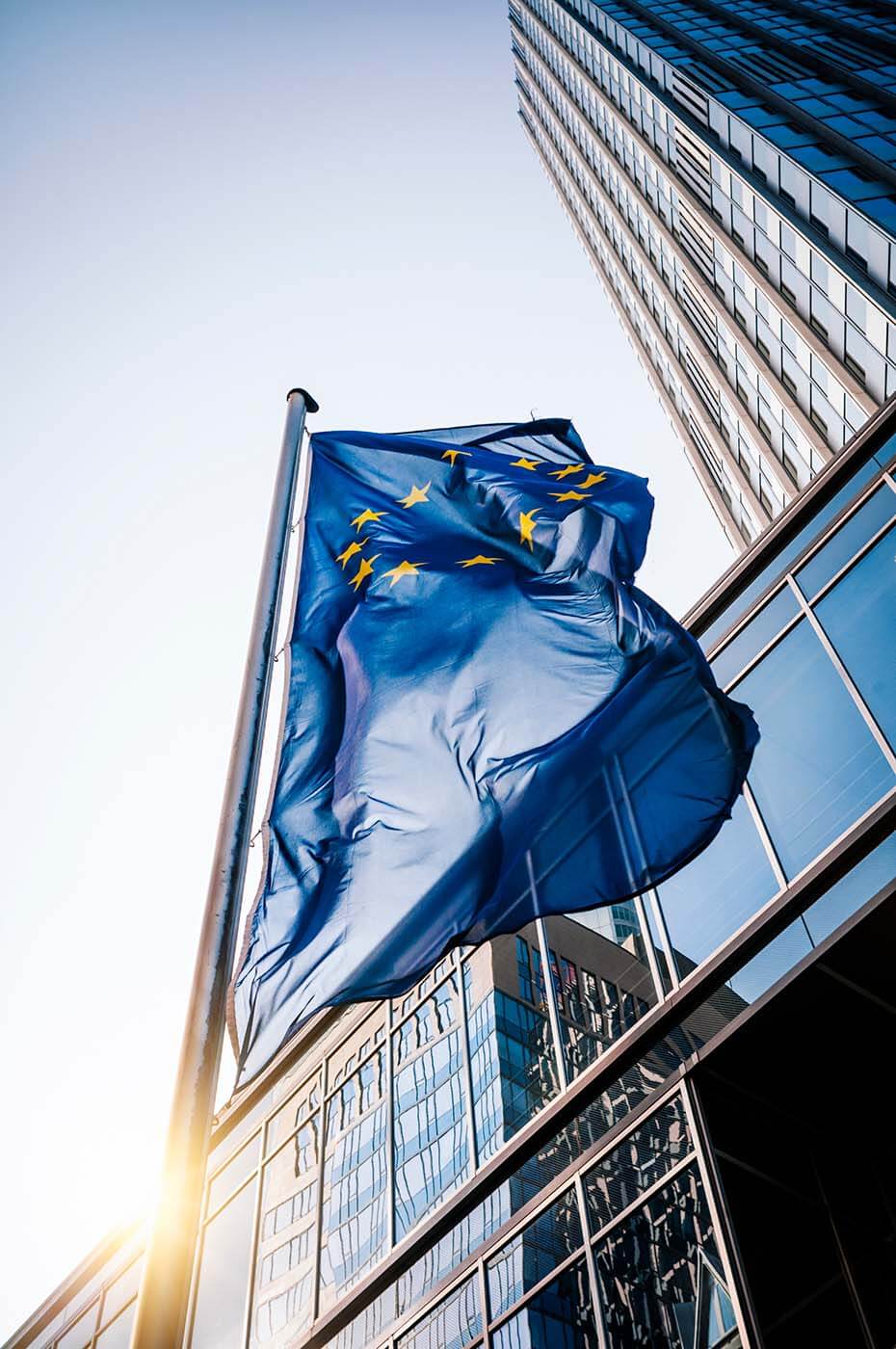How to trade within and outside the EU
Knowing how to trade within the EU or as a business outside the market is more challenging than ever. Numerous rules to follow. Penalties to avoid. Even finding accurate, up-to-date information is difficult.
Our guide explains how to handle EU E-Commerce VAT compliance, from the moment you advertise a product to when and how you pay your VAT bill. Our guide is ideal reading if you are:
- A business affected by Brexit
- An ambitious e-commerce company that’s expanding internationally
- A tax professional facing EU VAT headaches
- An accounting team struggling with new compliance requirements
- A curious retailer intrigued by online marketplaces
- A finance person tasked with understanding the rules
Learn more about VAT compliance for e-commerce and how the Sovos Compliance Services Portal can help.



